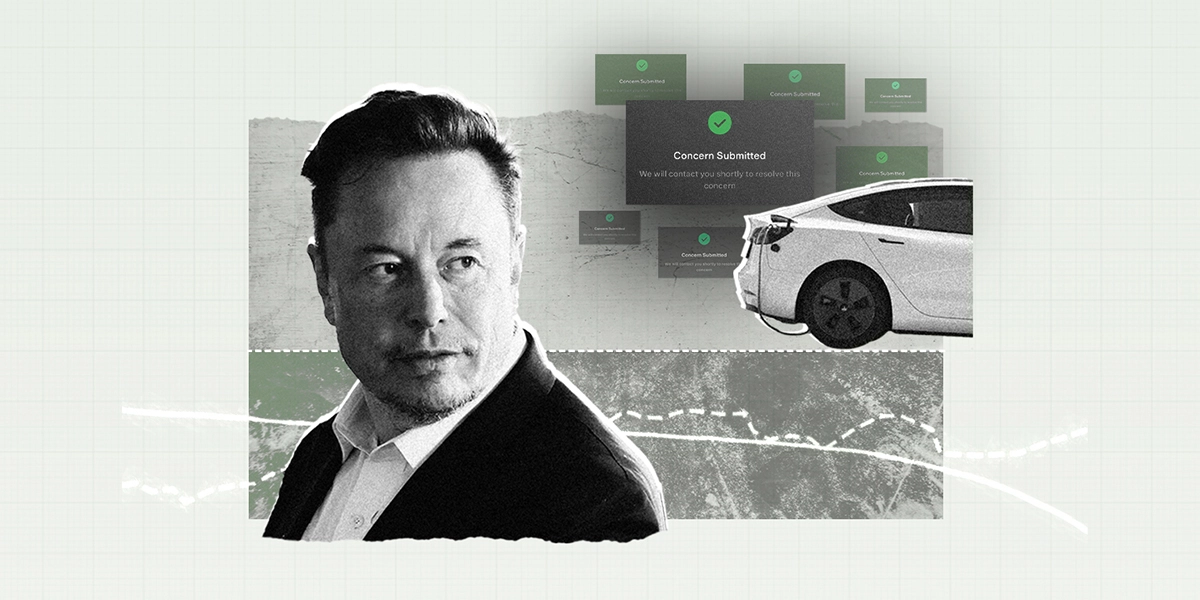Tesla has consistently exaggerated the driving range of its electric vehicles, reportedly leading car owners to think something was broken when actual driving range was much lower than advertised. When these owners scheduled service appointments to fix the problem, Tesla canceled the appointments because there was no way to improve the actual distance Tesla cars could drive between charges, according to an investigation by Reuters.



EPA tests all cars stationary on a dynamometer through different cycles. Influence of air drag, air condition, cold temperatures etc. are then added through a factor that is typically 0.7 according to EPA‘s official information at https://www.epa.gov/greenvehicles/testing-national-vehicle-and-fuel-emissions-laboratory
I agree part of the EPA range is calculated but I think it’s wrong to claim that a/c and other factors aren’t taken into account.
I’ve driven my EV better than EPA range at times and that included using A/C and having more than one person in the car. I’m not saying that driving it that way is a ton of fun and I’m not saying that I can do that in the midst of winter. But it’s definitely possible.
I just get a 502 error on that link…
Sorry, I have to admit, I didn’t look exactly into what the EPA does, but I have some experience regarding NEFZ, NDEC and WLTP, all of which don’t care about stuff like heating or AC.
But EPA has it’s own bag of flaws. For starters, these tests aren’t done by an independent agency or something, they are done by the manufacturers. They also don’t test the real road vehicles, but usually just pre-production prototypes.
And to factor in all of:
they just multiply the lab test result by 0.7. Compared with the test results from ADAC, that’s a correct adjustment would be 0.6, which is a pretty massive difference. For e.g. the Tesla 3, that’s a difference from 415km -> 355km.
What’s also not part of either of these calculations is what percentage of the time these cars will have to be heated/cooled. There aren’t too many countries where the weather is 15-25°C for the majority of the year, yet still the EPA calculates that heating and cooling will only be used infrequently.